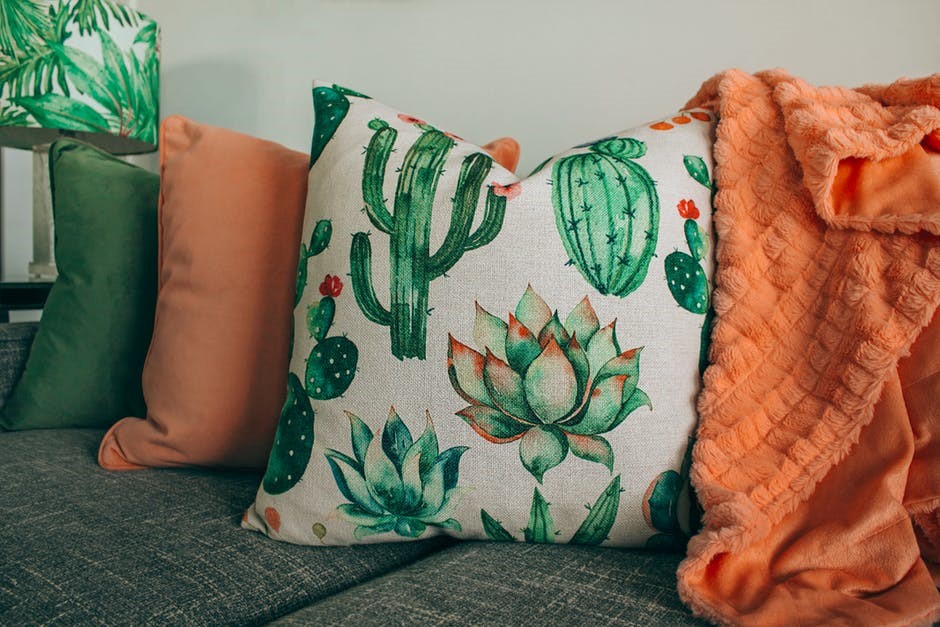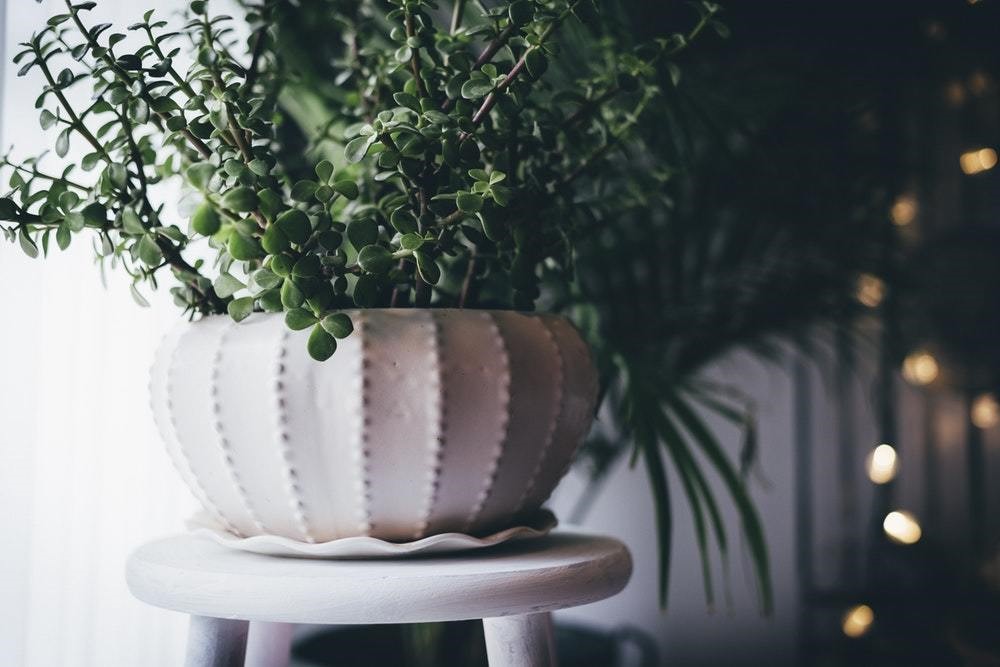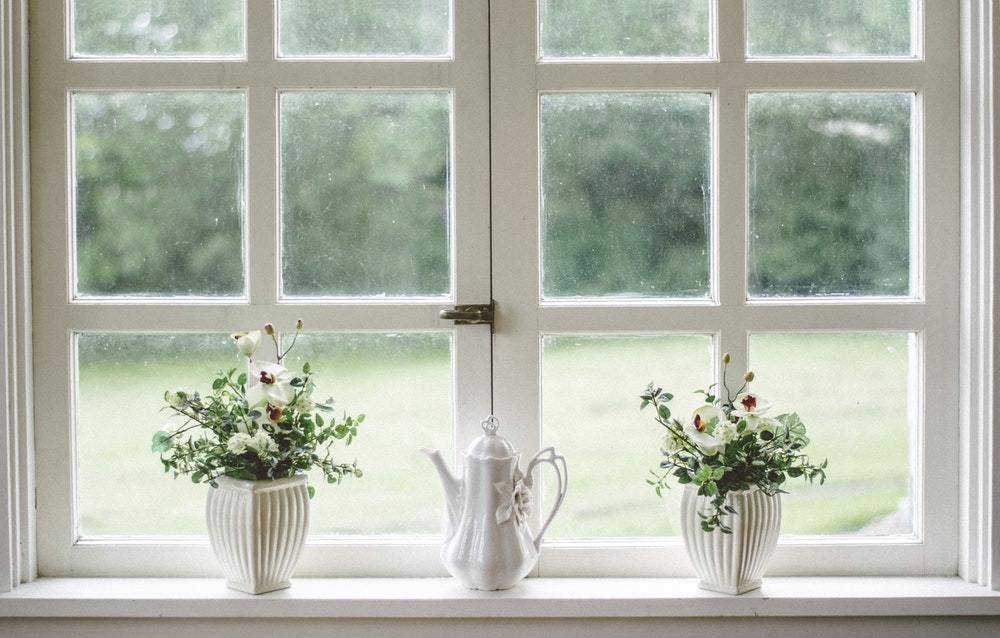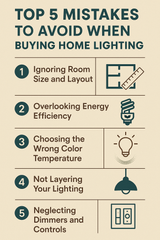Outdoor Decorating Tips That Work For The Indoors As Well
In the eyes of many, interior and exterior design are two distinct things. However, in reality, they do have overlapping circumstances and aspects. For instance, the goals of interior and exterior design involve making the space both functional, attractive, and aesthetic at the same time. There are also certain problems that can occur in both: overcrowding, clutter, clashing of different colors and patterns, and the like.
Still, most of us like to draw a line between our indoor and outdoor spaces. This is especially true for individuals who prefer either the indoors more than the outdoors, or vice versa. Quite frankly, it makes sense why we make treat these spaces differently. For instance, our outdoor spaces are often used less. Plus, with Mother Nature in the picture, it’s nearly impossible for us to treat out outdoor spaces as we would our indoor spaces.
However, while we can’t usually do the latter, what we can do is treat our indoor spaces like our outdoor spaces. In fact, here are some great decorating tips that work for not just exterior design but also for interior design:
1 - Opt for durable, weatherproof furniture and décor

A mistake many make in exterior design is opting for cute furniture and décor items that are merely attractive but are not resistant to the weather. Thus, this is why furniture and decorations designed for the outdoors are of thicker, heavier-duty quality. While we often incorporate delicate pieces when it comes to our interior spaces since the many threats from Mother Nature can often be avoided, it can actually make sense to opt for furniture we might utilize for our outdoor spaces.
It may seem strange, but shopping in the exterior décor/furniture section of a store, you can find beautiful yet durable pieces for your interior design. Before selecting these pieces, decide which aspects of your interior design get used the most or deteriorate the quickest. Are the couches and/or chairs often sat in? In that case, opt for sturdy yet comfortable seating designed for the outdoors. Do the decorative pillows you select to place on your couches, chairs, or beds often go flat in a matter of months? Go for thicker outdoor pillows for your interior design.
2 - Create some privacy
Often, we like having privacy in our exterior space, particularly from neighbors and the average passerby. Of course, our front and back yards just don’t have the privacy our indoor space contains. In fact, for some folks, fences may not even be required depending on where they reside, or only a short, transparent type of fencing might be utilized. Thus, the use of tall plants, walls, shade cloth, or specific structures can provide more privacy for our yard(s).
But we don’t tend to create this sort of privacy in our homes. The most privacy we tend to have in an interior design are through the use of walls and doors. But if you like the feeling of a cozy, secluded, personal space, you can do that in an interior design as well.
Keep the following tips in mind when further adding privacy to your interior design:
- Add a room divider to your space.
- Place a canopy over your bed or indoor seating area.
- Install stringed beads or a curtain in replacement of wall or door.
- Use taller bookcases to block of a section of your interior design.
- Hang an attractive screen, projector, sheet, or tapestry up.
3 - Set the mood with string lighting.

Usually, the indoors is where we select our most expensive, most intricate light fixtures. Yet, our outdoor space is typically the last to receive quality lighting. This is particularly true for those who don’t spend much time outdoors. But when we do select light fixtures for our exterior design, it’s usually something that is sturdy, weather-proof, and gets the job done. Truthfully, for many exterior spaces, the most intriguing lighting we opt for is string lighting. With the wide variation of string light styles, these can instantly make a boring exterior space fun, romantic, and exciting.
However, why is it that we rarely incorporate fun string lighting into our interior designs? Why does it seem like only time we do opt for string lighting indoors, it’s always in a bedroom, often a teenage or young adult female’s room? It’s about time we get more versatile with our indoor use of string lighting to add character to our space.
Consider these indoor string lighting tips:
- Hang string lighting around a wall mirror or picture frame.
- Fill a large, clear vase or mason jar with LED fairy lights for an added touch.
- Install string lighting from your ceiling that spans across the entire ceiling.
- Place string lighting down, along, or behind curtains for a fun glow.
- Install string light along the baseboards and crown molding of a room for a nice accent.
- Do a Google search on “string lighting indoors” or “living room string lighting” for unique tips on using string lighting in your interior design.
4 - Immerse your interior design into nature
With our outdoor spaces, it’s easy to immerse our design into nature. This is done by selecting materials that mimic the nature around us and merging outdoor plants within the design directly, placing them in fun pots that match the rest of the exterior space. Some might even select patterns or prints that have to do with nature such as floral prints or patterns featuring leaves or other aspects of nature.
However, adding these elements of nature to one’s interior design can be important for one big reason: to add further relaxation to our space. The use of Earthy colors, raw woods, natural fabrics, and prints or patterns of nature can be a game changer for our interior design. These elements have the power to decrease stress and anxiety, improve our creativity, and allow us to better concentration on what we’re doing at the moment.
5 - Break the barrier between your indoor and outdoor living spaces.

At times, we try to keep our indoor and outdoor spaces too separate from one another. Often, what’s outside is outside, and what stays inside stays inside. Because we keep these spaces separate, we tend to have no problem keep the designs between the two quite different from one another. The house might have a colorful, more traditional interior while the exterior design in the backyard might be more neutral and modern.
However, why don’t we break the barrier between these two designs to create a more expansive space? You can do this by utilizing the same color scheme or similar design style inside and outside of your home. Even simply adding French windows or French door, a garage-styled window that rolls up, or large barn door can make your indoor and outdoor space seem like one, rather than two, units. Integrating these two spaces can make it seem like your property is larger than it truly is and ensure that you and your guests treat your home, inside and out, like one big unit.
Conclusion
It’s true that the way we decorate our interior spaces is different from how we decorate our exterior spaces. For instance, it’s not uncommon that we select thicker, sturdier items for our outdoor spaces but opt for more delicate pieces for our interior design. While we often can’t decorate our exterior space like we would our interior space, what we can do, however, is decorate our interior space like we would our exterior space.
Recent Posts
-
Top 5 Mistakes to Avoid When Buying Home Lighting
Lighting plays a crucial role in shaping the ambiance, functionality, and aesthetic appeal of your h …26th Jun 2025 -
Why Lighting Is the Most Underrated Design Element in a Room
Walk into a well-designed space, and you might first notice the color of the walls, the statement fu …13th May 2025 -
How to Choose the Perfect Painting for Your Home or Office
When it comes to decorating your space, choosing the perfect painting can be a game-changer. A well- …7th Feb 2025




